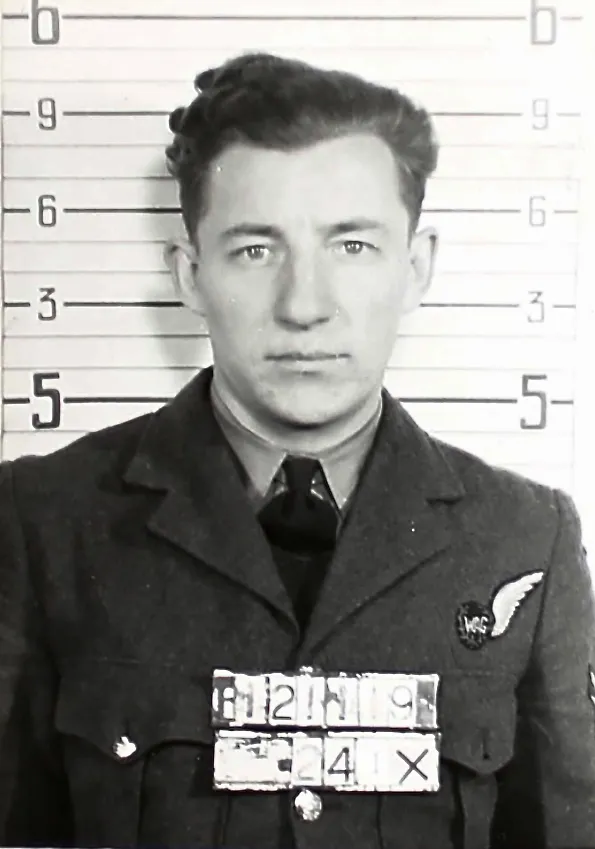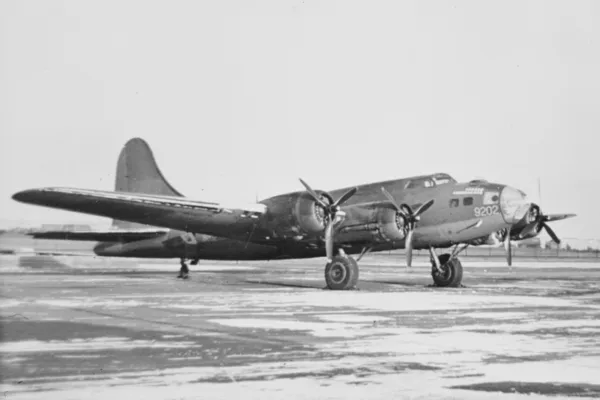220 Sqn arrived at Lagens, Azores in October 1943, but when they required major service of their Fortress aircraft, (every 800 flight hours), they had to be ferried to Thornaby, England.
Fortress Mk IIA FK-206 (former US serial 41-9202) took off from Lagens at 03:26 on the morning of 1943-12-04. It took off normally but thirty seconds later it turned to starboard two miles from the end of the runway and either dived or stalled into the sea with the loss of all onboard. The official likely cause was loss of control following the change from visual flight to instruments on a very black night.
Killed: Warrant Officer Class 2 Joseph Edouard Roch Boudreault RCAF R/125388 KIA Lajes War Cemetery Azores Row B. Grave 2. Warrant Officer Class 2 Carl Thomas Flack RCAF R/121119 KIA Lajes War Cemetery Row B. Grave 1. Warrant Officer Class 1 Michael Patrick CAMPION (536451) Fortress IIa FK206 Ext Link [RAF] 1943-12-04 220 Sqdn AIR27 United Kingdom Runnymede Memorial [Ref : Panel 134.] Pilot Officer James Geoffrey JOHNSON (408252) Fortress IIa FK206 Forum Post [RAAF] 1943-12-04 220 Sqdn AIR27 Azores Lajes War Cemetery [Ref : Row A. Grave 6.] Pilot Officer Harold LAWSON (149162) Fortress IIa FK206 Ext Link [RAF] 1943-12-04 220 Sqdn AIR27 United Kingdom Runnymede Memorial [Ref : Panel 132.] Flying Officer Desmond Edward MORRIS (132320) Fortress IIa FK206 Ext Link [RAF] 1943-12-04 220 Sqdn AIR27 United Kingdom Runnymede Memorial [Ref : Panel 126.] Flight Sergeant Robert Noel MORRISON (1192004) Fortress IIa FK206 Ext Link [RAF] 1943-12-04 220 Sqdn AIR27 United Kingdom Runnymede Memorial [Ref : Panel 138.] Pilot Officer Arthur PEARCE (406868) Fortress IIa FK206 Forum Post [RAAF] 1943-12-04 220 Sqdn AIR27 United Kingdom Runnymede Memorial [Ref : Panel 191.




